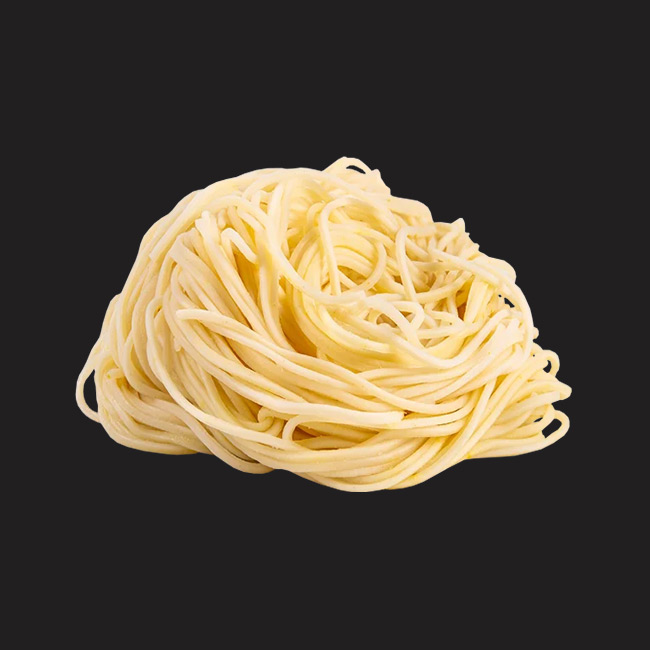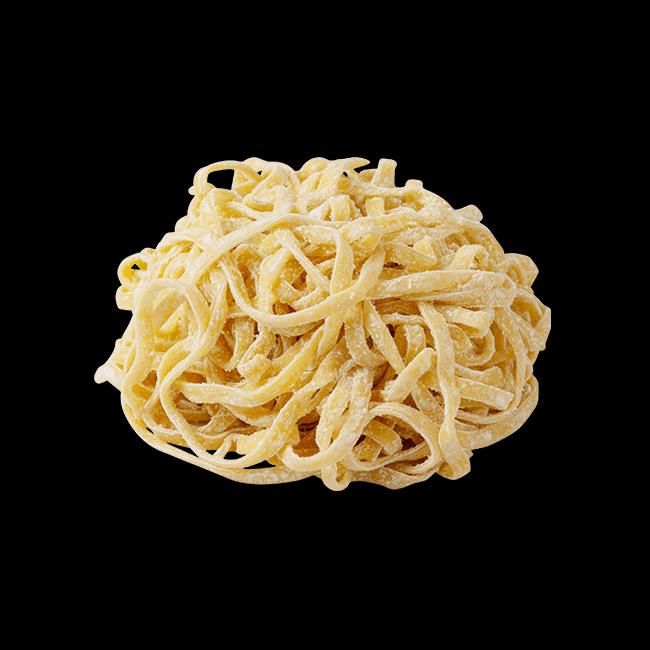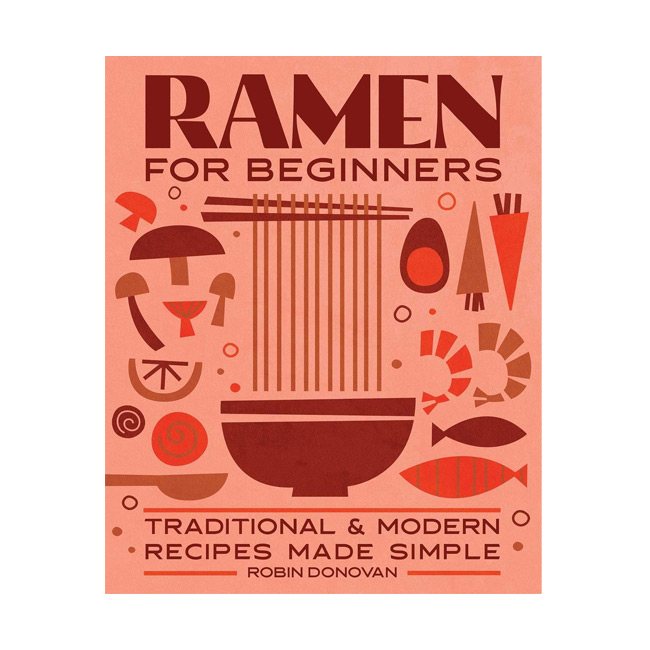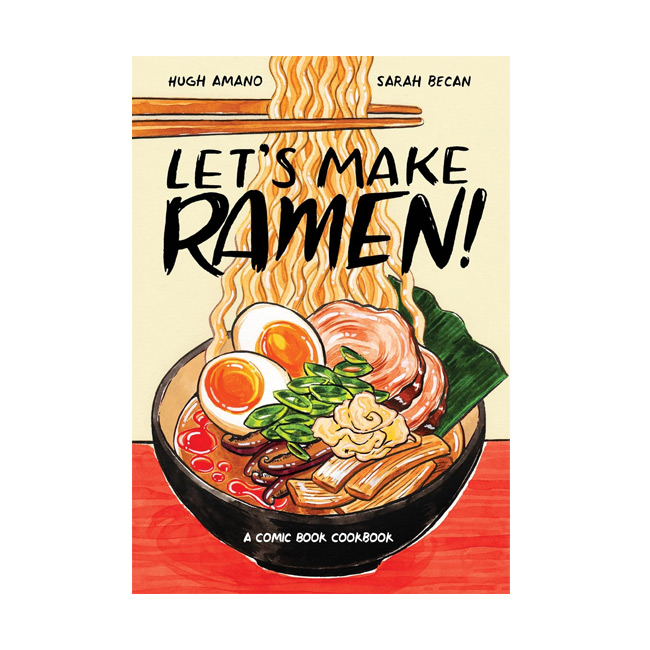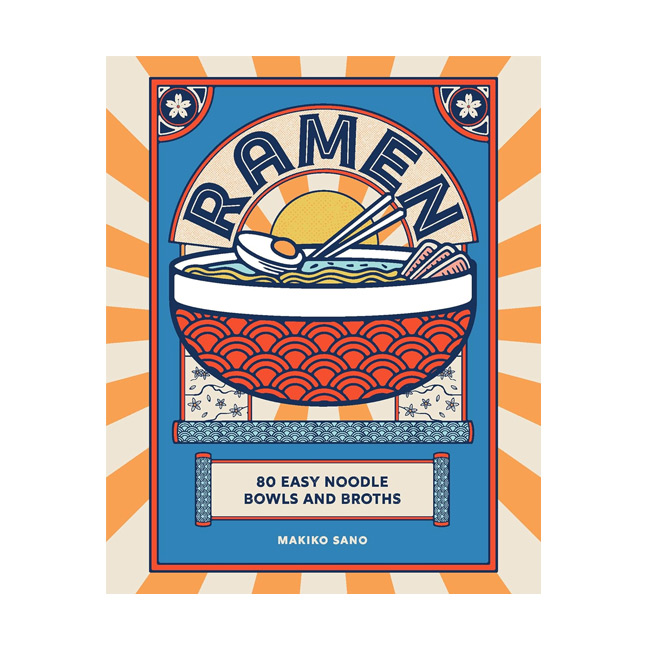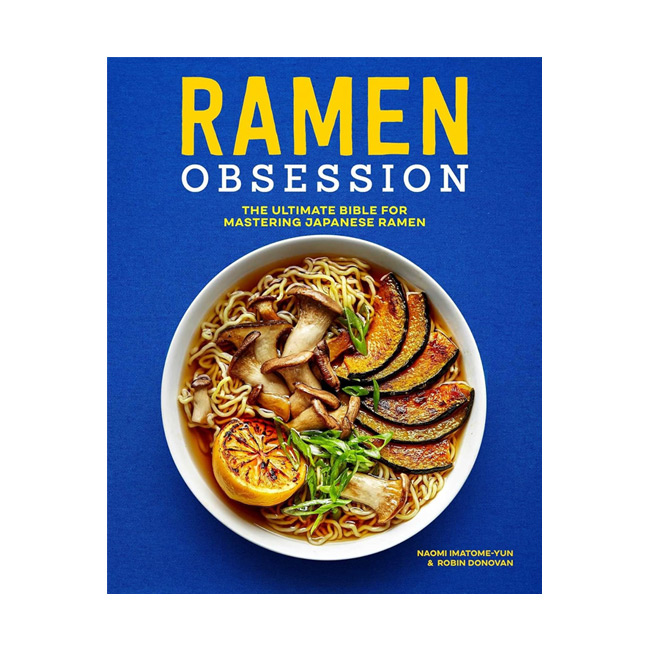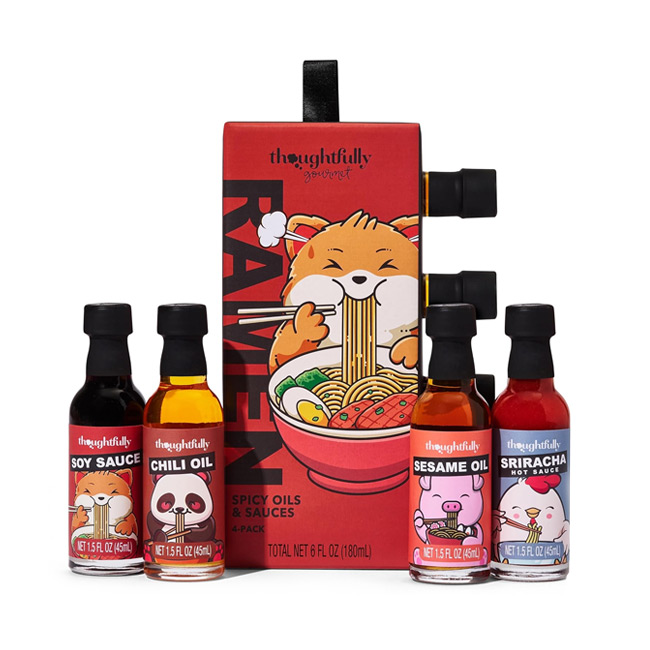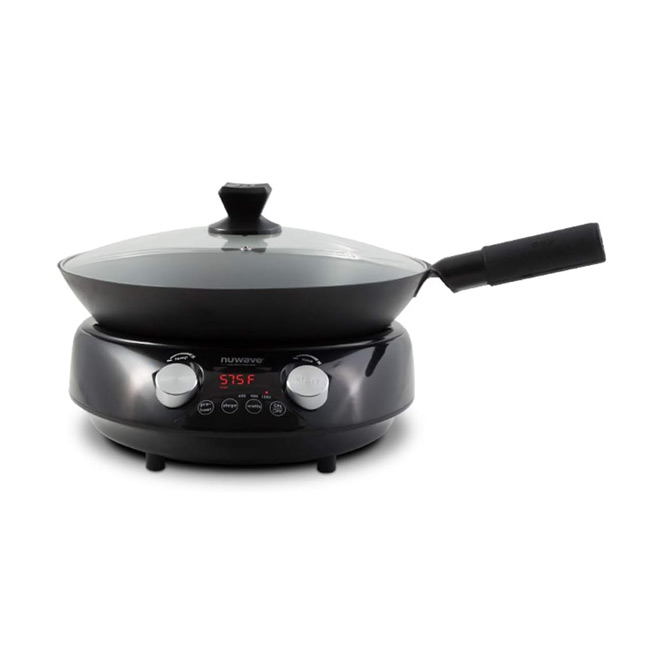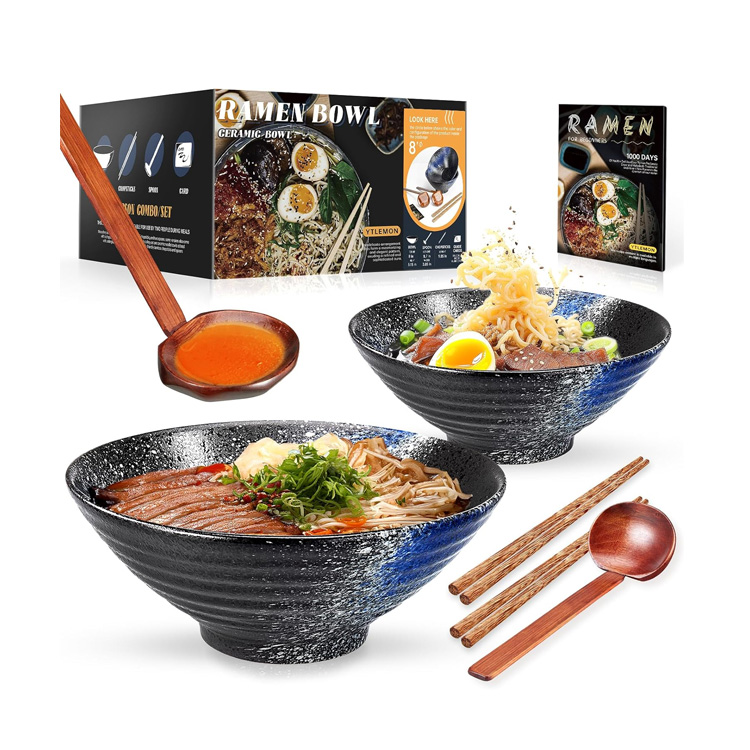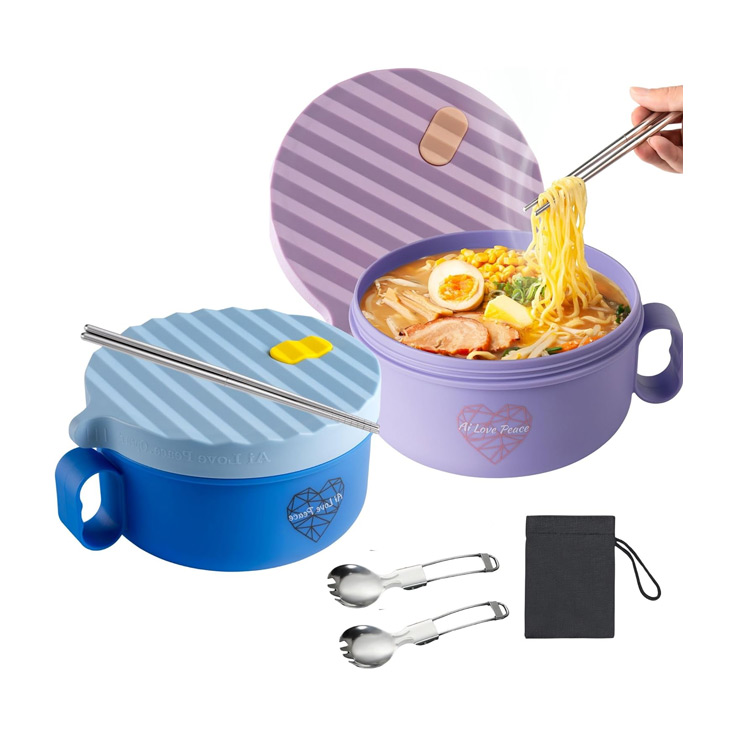Chūkamen (中華麺) is the standard noodle used in ramen, characterized by its springy, slightly chewy texture and distinctive yellow hue. They are made from a simple combination of wheat flour, water, salt, and kansui—a special alkaline mineral water.
Chūkamen can vary significantly in thickness, shape, and texture, depending on the type of ramen they are paired with. For example, thin, straight noodles are commonly used in tonkotsu ramen, as they pick up the creamy broth easily, while thicker, wavy noodles are better suited for hearty miso or shoyu ramen, where they help trap flavorful oils and toppings.
Related noodles: Hosomen (thin noodles) – Futomen (thick noodles)
Usage and Selection
Chūkamen is essential to ramen, chosen specifically to complement different broths and styles of preparation. Typically, the noodles are boiled separately before being added to the broth, ensuring they maintain their texture. In some variations, they are tossed in sauce for dishes like abura soba, stir-fried for yakisoba, or served chilled with toppings in hiyashi chuka. Their versatility allows them to adapt to both hot and cold preparations.
When selecting chukamen, the thickness, shape, and alkalinity level play a key role in the final dish. Thin, straight noodles are ideal for rich, creamy tonkotsu broth, while wavier, medium-thick noodles work well with miso or shoyu ramen, capturing the broth’s flavors.
Thicker noodles, with a chewy texture, are often used for tsukemen, where they must hold up to dipping. The amount of kansui also affects the texture—higher alkalinity results in firmer, springier noodles, while lower alkalinity creates a softer bite. Fresh noodles are the preferred choice for an authentic ramen experience, but dried or instant versions offer convenience with a slightly different texture.
The right selection depends on the desired balance between chewiness, broth absorption, and overall mouthfeel.
Regular Noodles and Ramen
Chukamen is the standard noodle used in many ramen varieties, with different thicknesses and textures suited to specific broths. Here are four popular ramen styles that feature these noodles.
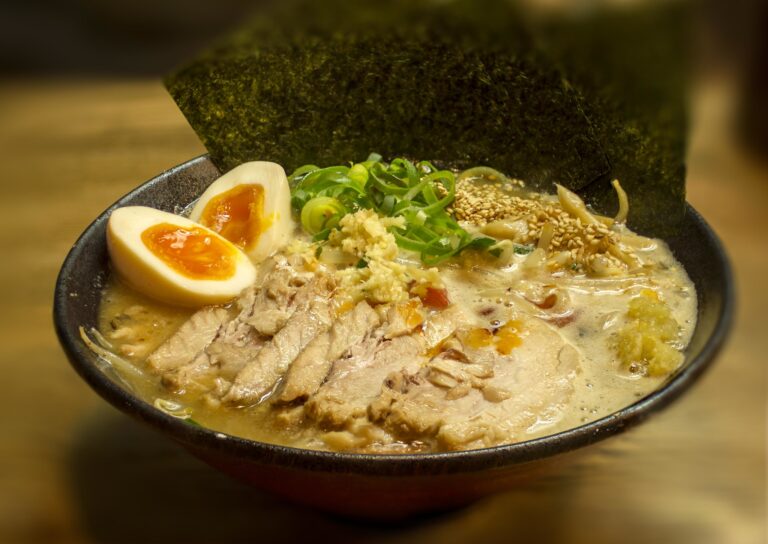
Miso Ramen
Miso Ramen originates from Hokkaido and features a robust miso-based broth, as well as ground pork, corn, and a blend of savory toppings.

Tonkotsu Ramen
Tonkotsu ramen is creamy and intensely savory. It’s based on a rich pork bone broth and uses toppings like chashu and mushrooms.
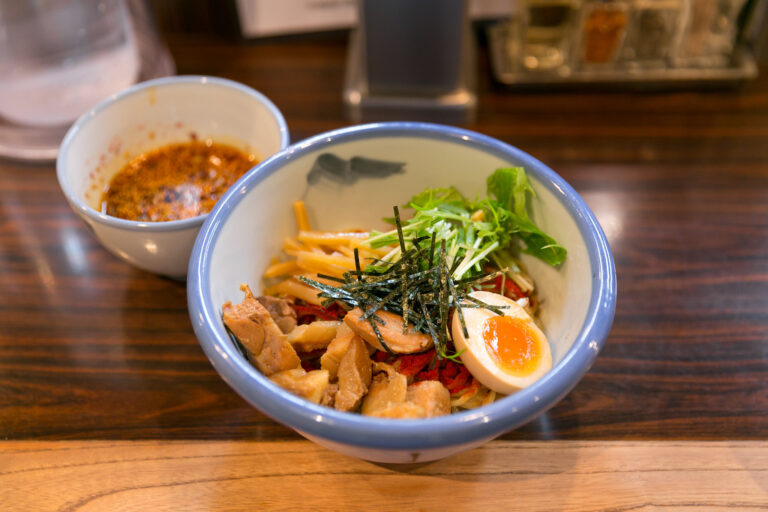
Tsukemen Ramen
Tsukemen ramen uses thick, cold noodles and is served alongside a rich, concentrated dipping broth and a flavorful toppings.
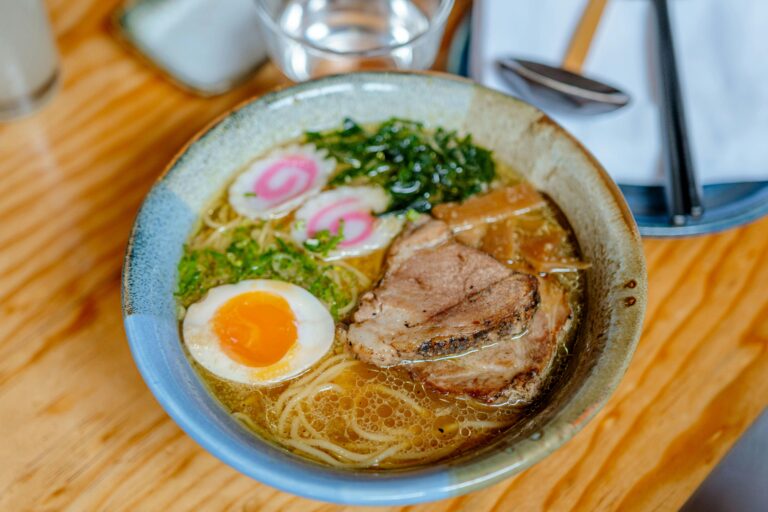
Spicy Shoyu Ramen
Spicy shoyu ramen combines the deep umami of soy sauce-based broth with a spicy kick. It’s usually served with chewy noodles.

